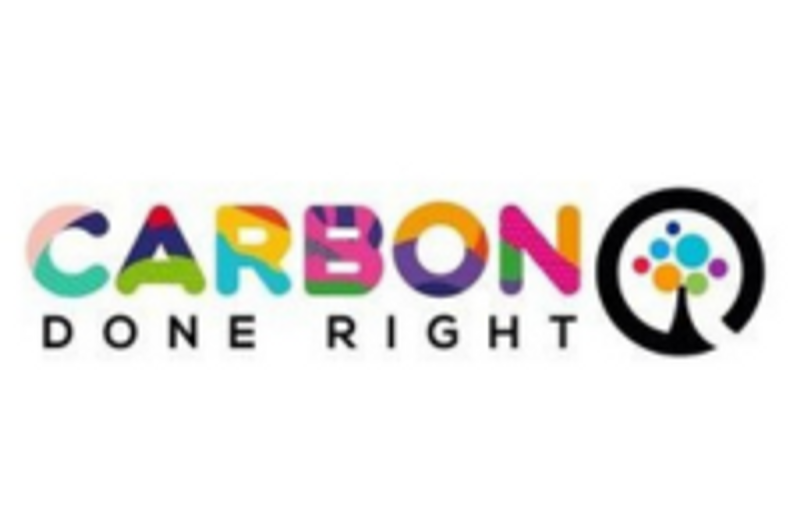Carbon Done Right: An In-depth Analysis
First, it is essential to understand the significance of carbon and its role in our world. Carbon is one of the most critical elements on Earth, serving as a foundational component in all lifeforms, energy sources, and many industrial applications. However, improper use and management of carbon contribute massively to global warming due to the enhanced greenhouse effect. This article, therefore, sheds light on how we can engage with carbon more sustainably and responsibly, specifically focusing on carbon capture and utilization, emission reduction, and the benefits of proper carbon management.
One of the most promising ways to manage carbon right is through carbon capture and utilization (CCU). This technology involves capturing carbon dioxide (CO2) emissions from sources like power plants and industrial facilities, and then using or storing it. This technique goes beyond just mitigating CO2 emissions; it repurposes an otherwise harmful by-product into resources that can be beneficial to various industries. Carbon dioxide can be used to create biofuels, plastics, building materials, and other products.
The process of carbon capture and utilization comprises three steps: capture, transformation, and usage. Initially, CO2 is captured directly from the atmosphere or emission sources through mechanical or chemical processes. Then it is transformed into a usable format through further chemical reactions or processes. Finally, it is used in manufacturing products or stored for future use. CCU technology not only reduces CO2 emissions but also provides opportunities for economic growth and industrial innovation.
Furthermore, another focus towards engaging with carbon right is the emphasis on emission reduction. Many sectors, industries, and companies are realizing the importance of reducing their carbon footprint and implementing measures to do so. These measures include bolstering energy efficiency, harnessing renewable energy sources, improving waste management, advocating for sustainable agricultural practices, and promoting low-carbon transportation methods. A switch to renewable energy sources such as wind, solar, or hydro can reduce dependence on fossil fuels, which are known to emit large amounts of greenhouse gases.
In addition, energy efficiency in all spheres – from transportation to appliances to entire buildings – can decrease energy demand, further contributing to a reduction in carbon emissions. Waste reduction, recycling, and composting can divert substantial amounts of organic materials from landfills, thereby reducing methane emissions, a potent greenhouse gas.
The benefits of proper carbon management are extensive and can help support many sectors. For the environment, reduced carbon emissions signify a healthier ecosystem with better air quality and more stable climates. For the economy, it can lead to job creation in green industries, increased competitiveness in global markets mindful of carbon emissions, and safeguard against the economic risks associated with climate change. And for the society, it reduces public health risks associated with poor air quality while supporting social equity by creating jobs and tackling climate change, which affects the most vulnerable disproportionately.
In closing, doing carbon right involves a thorough understanding of the carbon cycle, sound management involving the capture and utilization of carbon emissions, commitment to reducing these emissions, and the willingness to invest in technologies that promote these actions. This synergistic approach promises a more sustainable future where humans live in harmony with nature, respecting its boundaries and making good use of its resources.b




